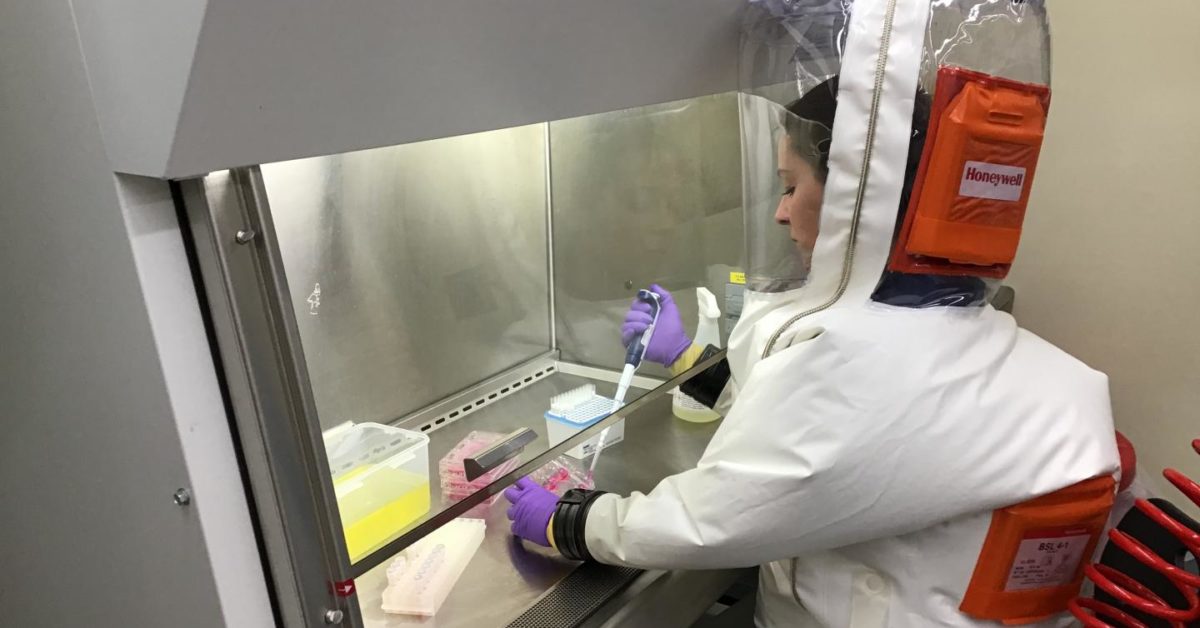A new study has found that nanosponges — tiny, bio-friendly plastics coated in lung and immune cell membranes — act as a decoy for SARS-CoV-2, neutralizing the virus.

Image credit: Courtesy of the Griffiths lab at Boston University’s NEIDL.
A team of scientists has found that a new technology is effective at distracting and neutralizing SARS-CoV-2 in a laboratory setting.
The research, published in the journal Nano Letters, has implications not only for treating SARS-CoV-2 but also for other virulent viruses, such as influenza, Ebola, Marburg, and Lassa viruses.
As the initial wave of the COVID-19 pandemic eases in some countries, attention is turning to therapies that may be of use in slowing the spread of the virus, reducing the risk of infection or saving the lives of people in intensive care.
In the absence of a vaccine — which could not be available for years, if at all — treatments and therapies that help reduce the negative effects of the pandemic are crucial.
In this context, lab results from researchers at Boston University’s National Emerging Infectious Diseases Laboratories (NEIDL) and the University of California, San Diego seem promising.
The researchers have made use of new technology to see whether SARS-CoV-2 can be drawn to nanoparticles that neutralize the virus.
Prof. Anna Honko, a NEIDL microbiologist and co-first author of the study, comments on the findings.
“I was skeptical at the beginning because it seemed too good to be true. But when I saw the first set of results in the lab, I was just astonished.”
– Prof. Anna Honko
The technology works by creating microscopic, bio-friendly polymers, which are then coated in cells from living lung tissue or the immune system.
“It looks like a nanoparticle coated in pieces of cell membrane,” says Prof. Honko. “The small polymer [droplet] mimics a cell having a membrane around it.”
SARS-CoV-2 is attracted to lung cell membranes. After attaching to the outside of the cell, the virus gains entry and uses the cell’s internal machinery to replicate itself. These new virus particles then exit the cell to continue the cycle of spreading and multiplying.
However, the researchers found that the polymers coated in lung cells did a better job of

